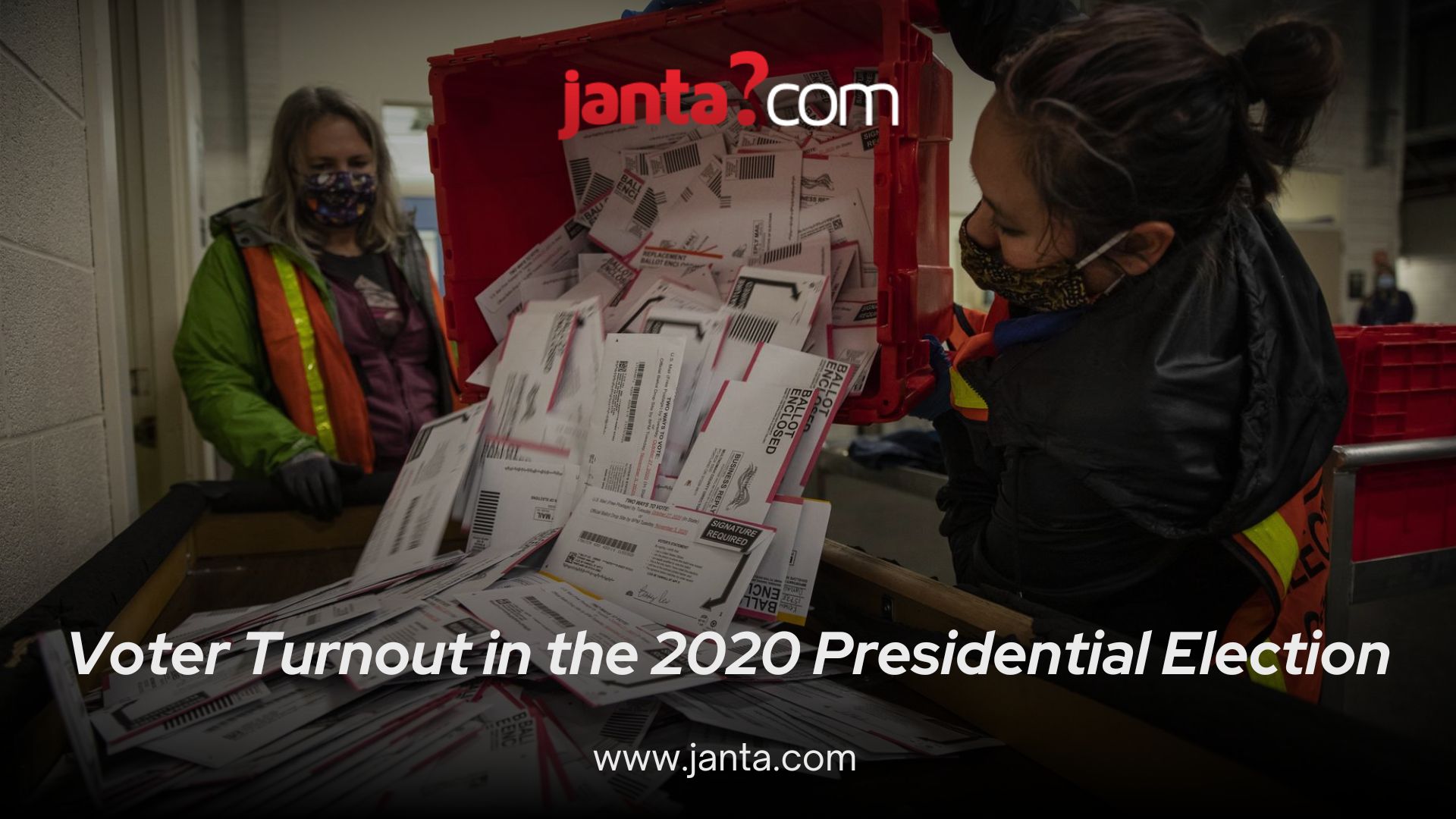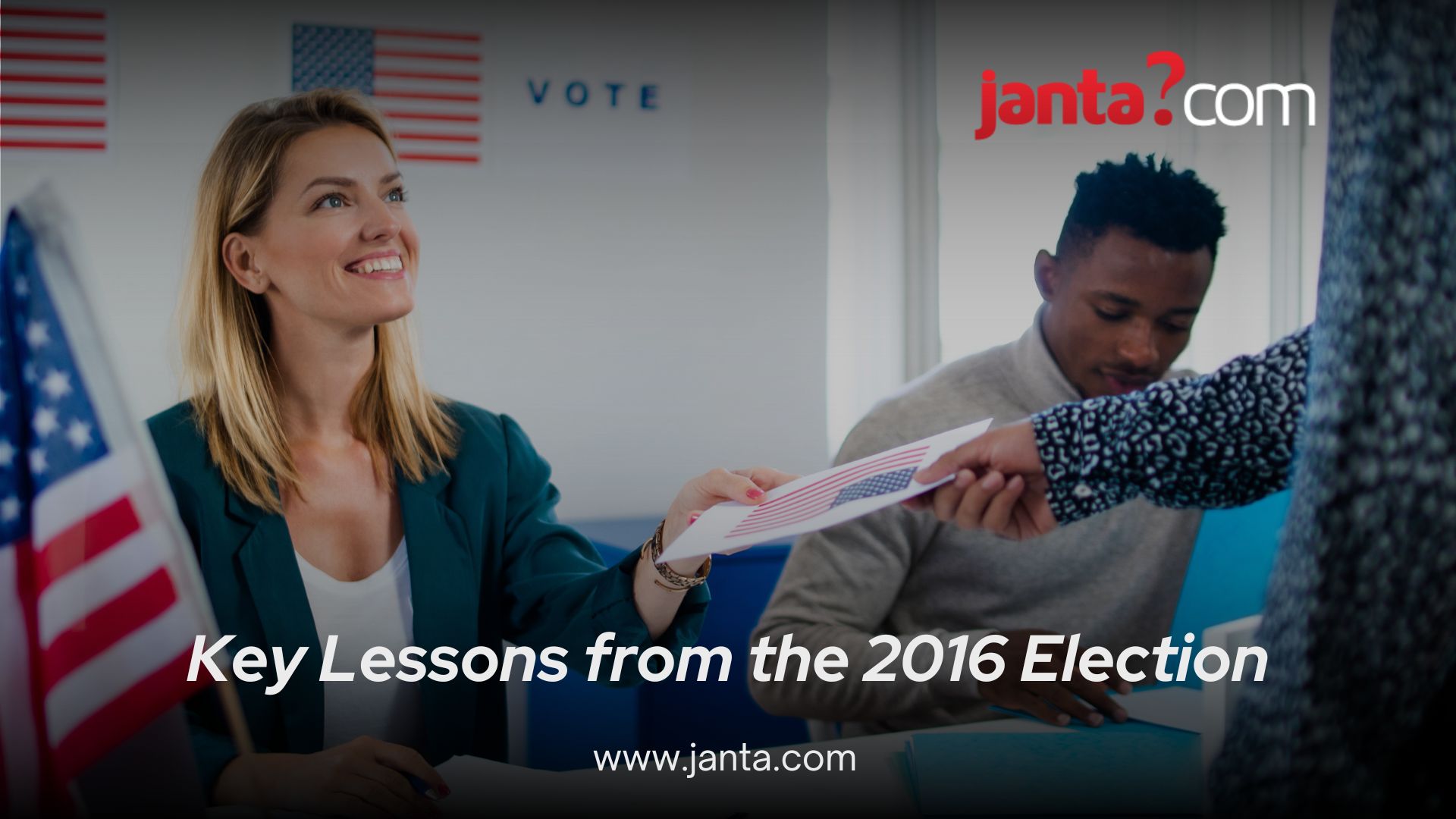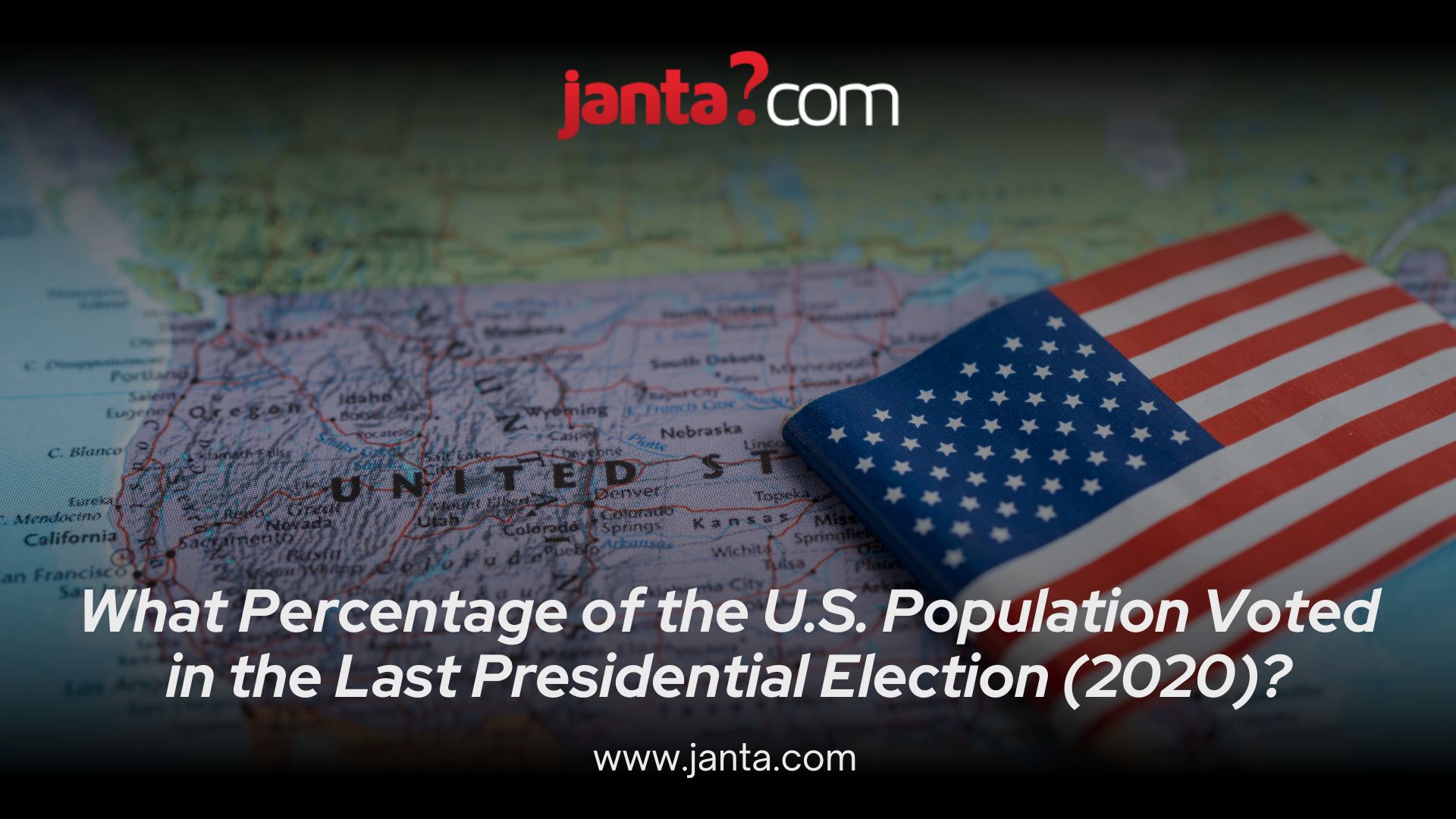In the 2020 U.S. presidential election, 66.8% of eligible voters cast their ballots, the highest turnout in over a century. This surge in participation was driven by the COVID-19 pandemic and intense political polarization.
Explore the details of 2020’s voter turnout, including demographic trends and key factors that influenced this historic election
Read on to understand the full impact of this remarkable level of voter engagement.
Historical Voter Turnout Trends
U.S. presidential election turnout has varied over the decades, generally ranging from 50% to 65% of eligible voters. The 2008 election, which saw Barack Obama elected, had a turnout of 61.6%. In 2016, despite a contentious race, turnout was 60.1%. These figures set the stage for understanding the 2020 election’s turnout.

Voter Turnout in the 2020 Presidential Election
In 2020, approximately 66.8% of eligible voters participated, the highest rate in over a century. This amounted to over 155 million Americans voting, a significant increase from 2016. The pandemic and subsequent changes in voting practices were key factors driving this surge in voter participation.
Demographic Insights
- Age: Younger voters (18-29) saw increased turnout but still lagged behind older age groups. Voters aged 65 and older maintained the highest turnout rate.
- Race: Black voter turnout rose slightly from 2016, while Hispanic and Asian American voter turnout saw more substantial increases, reflecting their growing electoral influence.
- Gender: Women continued to vote at higher rates than men, with the gender gap most pronounced among younger voters.
- Income: Higher-income individuals were more likely to vote, although the turnout gap narrowed somewhat as lower-income voter participation increased.

Factors Influencing 2020 Voter Turnout
The COVID-19 pandemic significantly impacted voting behaviors, with expanded access to absentee and early voting. The contentious political climate, characterized by debates over the pandemic response, racial justice, and economic issues, further motivated voter participation. The expanded use of mail-in and early voting contributed to the record turnout
Impact of Voter Turnout
The high turnout in 2020 was pivotal in Joe Biden’s decisive victory in both the popular vote and the Electoral College. It also influenced down-ballot races, leading to shifts in political power nationally and at the state level.
Future Implications
The 2020 election’s high turnout may have lasting effects on political engagement. The pandemic experience and heightened political climate could lead to increased future voter participation. The expanded use of mail-in and early voting may continue to shape voting patterns.
Legislative Changes
In response to the pandemic, many states expanded mail-in and early voting options, and some introduced same-day voter registration. These changes aimed to make voting more accessible and could have long-term effects on voter turnout.
Looking Ahead
Future elections may see continued high turnout if the issues that drove 2020’s engagement remain relevant. Ongoing debates over voting rights and access will be crucial in shaping turnout trends. Expanding voting access and addressing barriers such as voter suppression will be key to maintaining and increasing voter participation.
Summary
The 2020 presidential election saw an unprecedented turnout of 66.8% of eligible voters. This reflects both the unique circumstances of the election and a growing trend of political engagement. Building on this momentum through accessible voting measures and addressing voting barriers will be essential for future elections. For more insights, visit Janta.com.
